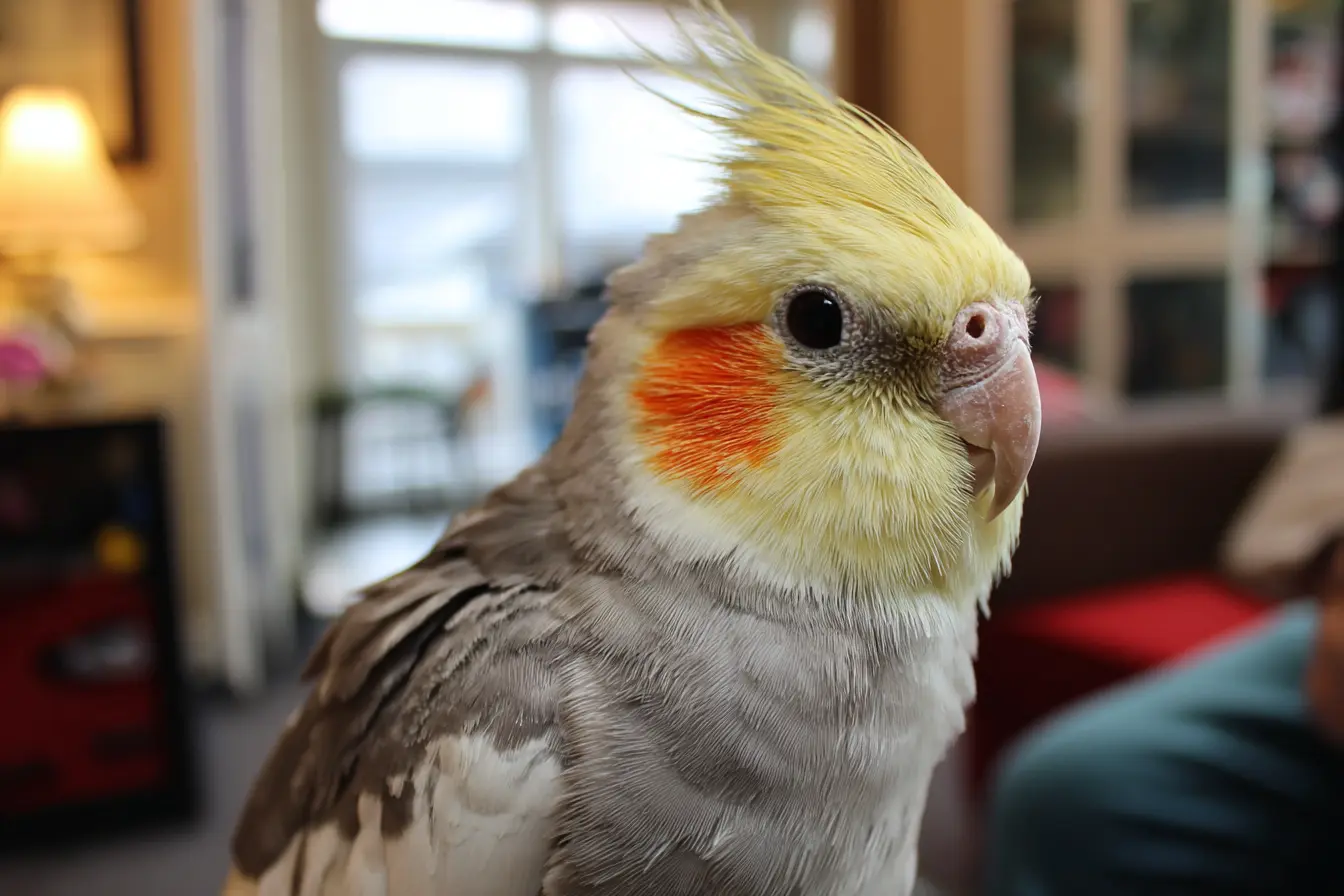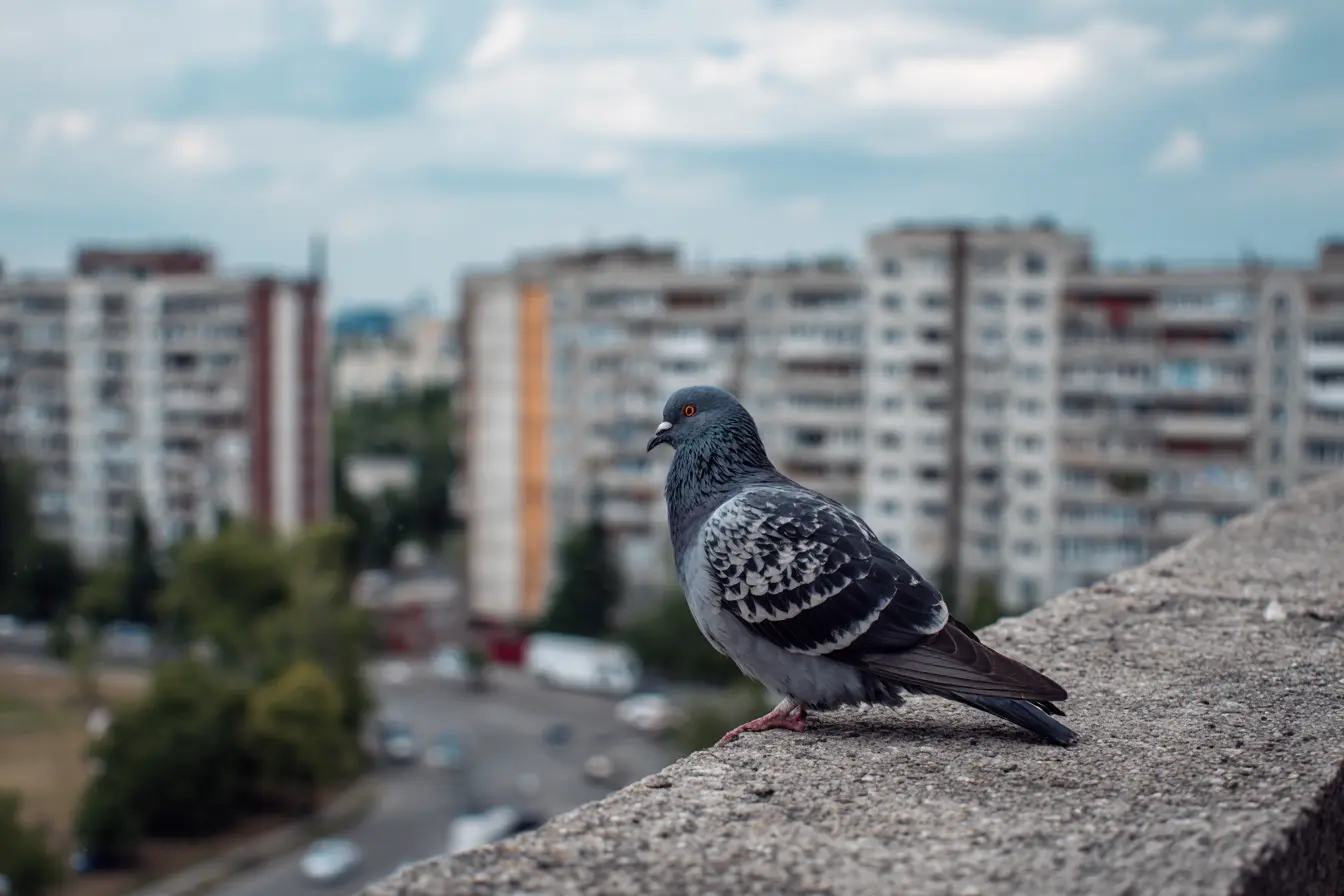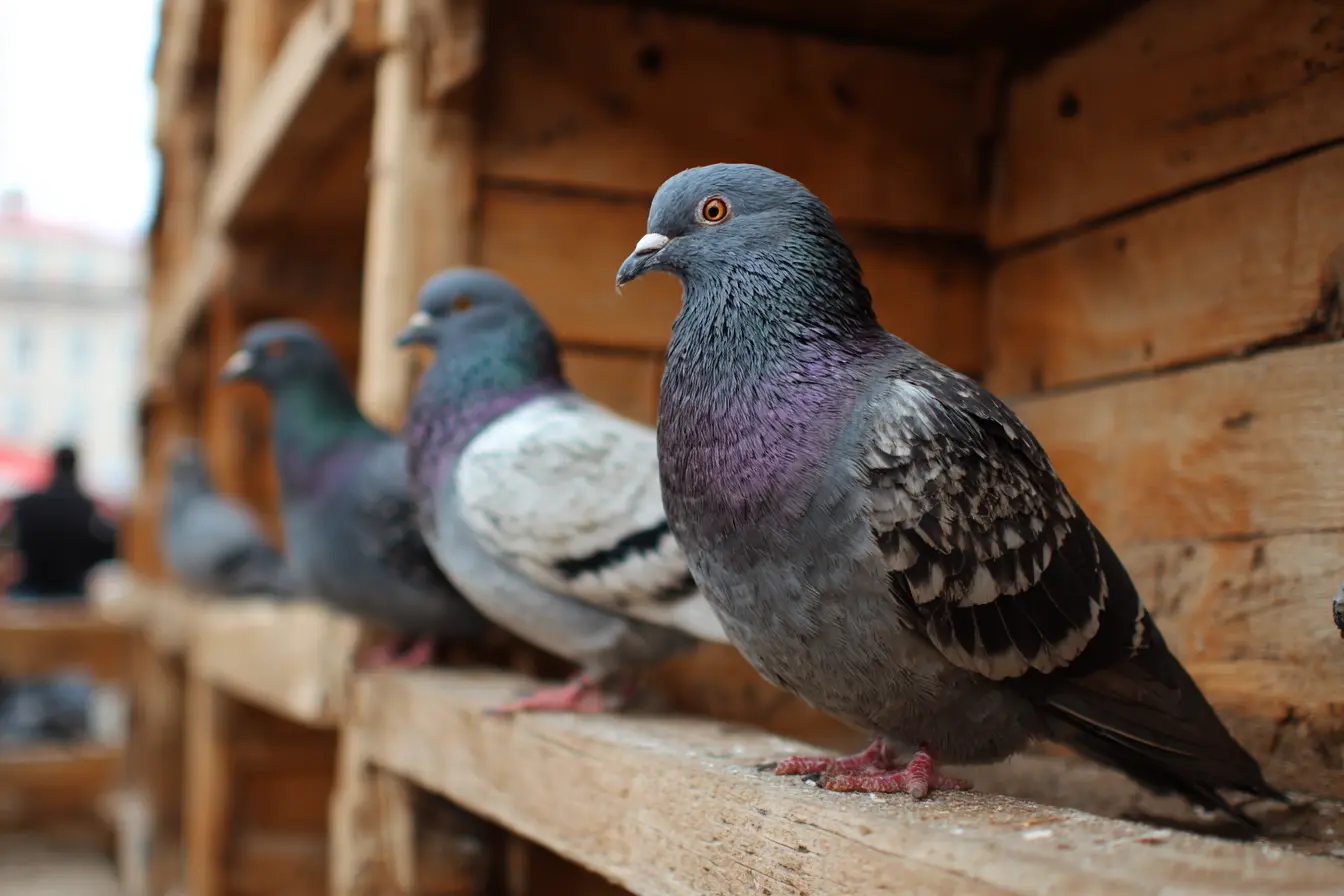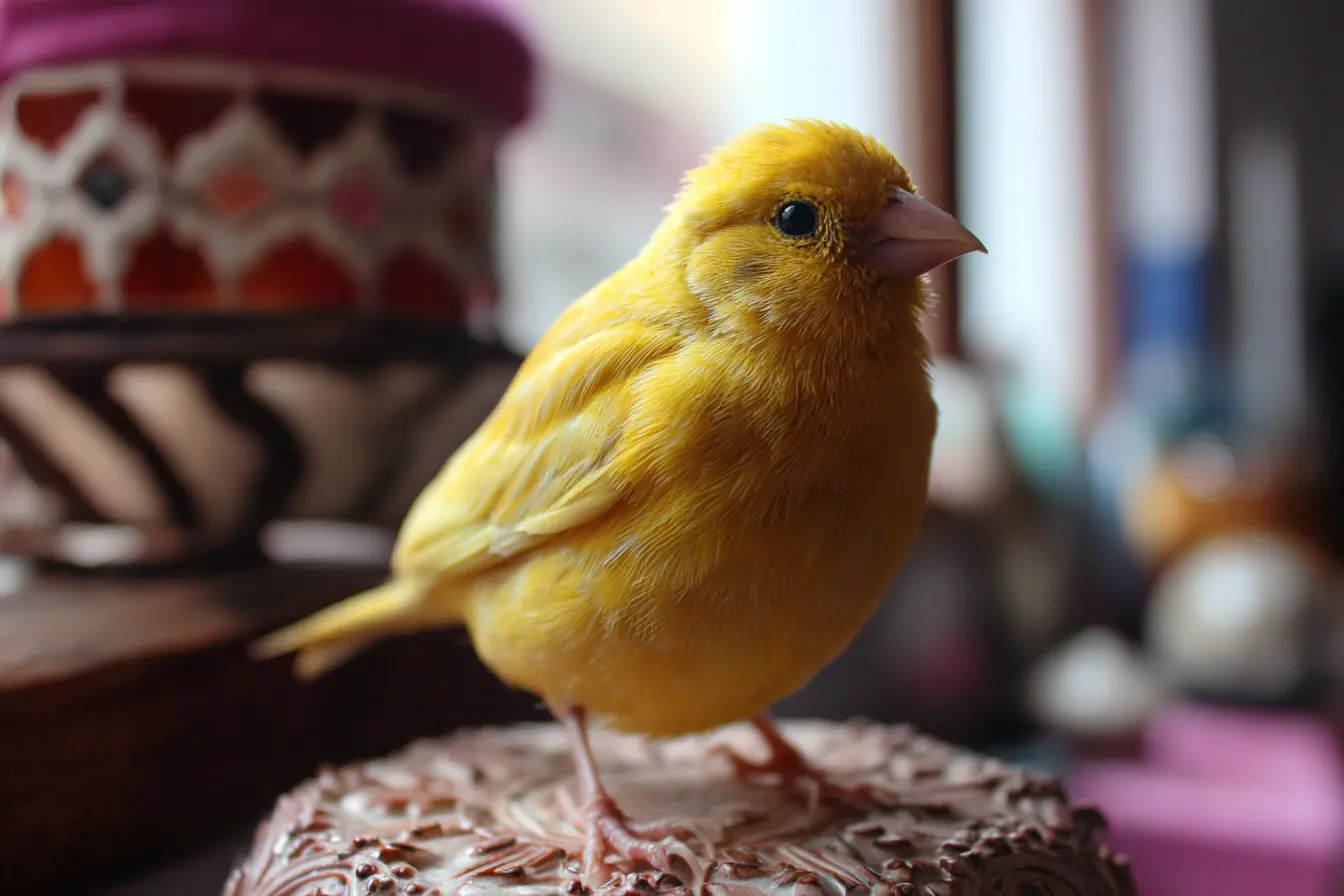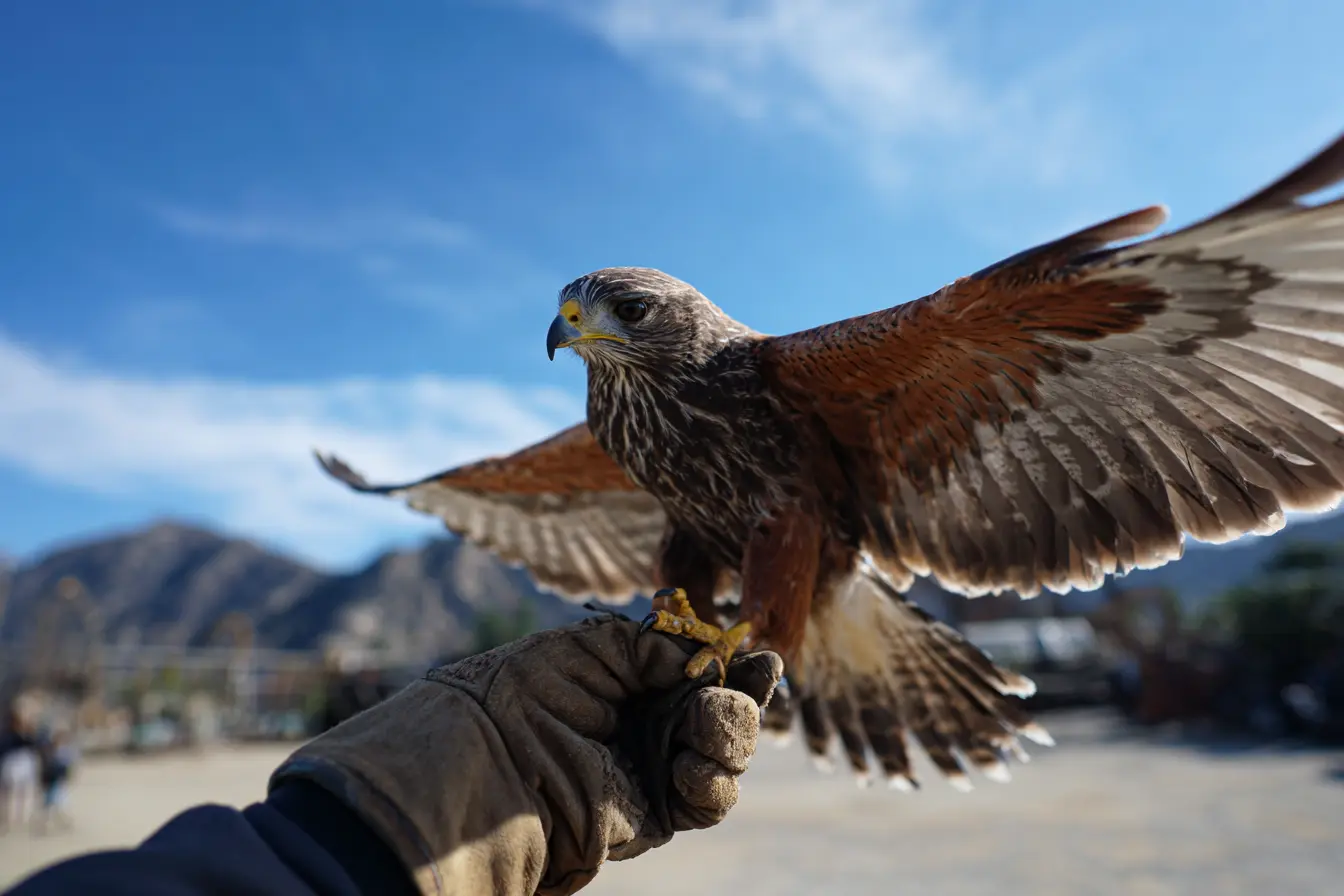
The Complete Guide to Falconry in the UK
Falconry, the ancient art of hunting wild quarry with trained birds of prey, has been practiced in the UK for over a thousand years. Once the sport of kings and nobility, it has evolved into a regulated and respected tradition combining heritage, wildlife management, and deep human–bird partnerships. In modern Britain, falconry is both a hobby and a profession, with applications ranging from traditional hunting to pest control and conservation.
A Brief History of Falconry in the UK
- Medieval Beginnings: Introduced to Britain around the 9th century, falconry became a symbol of status and skill. Different species were associated with different social classes.
- Decline and Revival: With the advent of firearms, falconry declined but never disappeared. The 20th century saw a resurgence in interest, driven by conservation efforts and organised clubs.
- Today: Falconry in the UK is recognised as part of the country’s living heritage, practiced by enthusiasts across all walks of life.
Birds of Prey Used in UK Falconry
Falconers may work with a range of species, both native and non-native:
- Harris’s Hawk (Parabuteo unicinctus): Favoured by beginners for its social nature and trainability.
- Peregrine Falcon (Falco peregrinus): Known for its incredible speed and aerial hunting ability.
- Common Buzzard (Buteo buteo): Versatile and hardy.
- Kestrel (Falco tinnunculus): Small but agile, used for small quarry.
- Gyrfalcon (Falco rusticolus): Powerful Arctic falcon, suited to experienced handlers.
- Owls (e.g., Barn Owl, Eagle Owl): Primarily for displays and education rather than hunting.
Legal Requirements
Falconry in the UK is tightly regulated to protect both the birds and native wildlife.
Wildlife and Countryside Act 1981
- Protects all wild birds and their nests.
- Some species are listed under Schedule 4 and must be registered with DEFRA.
CITES Regulations
- Apply to certain raptors, requiring documentation for trade or transfer.
Keeping Birds
- No specific “falconry licence” is needed to own a bird of prey in captivity, but proof of legal acquisition is required.
- Wild-caught birds require special permissions, though most falconry birds are captive-bred.
Hunting Permissions
- Permission from the landowner is mandatory before hunting.
- Certain species and hunting seasons are regulated under game laws.
Equipment for Falconry
For the Bird
- Jess: Leather straps attached to the bird’s legs for handling.
- Anklets: Leather cuffs around the legs to hold the jesses.
- Leash: Secures the bird to a perch or glove.
- Hood: Covers the bird’s eyes to keep it calm when not flying.
- Bell: Attached to the bird so its location can be heard during flight.
- Telemetry: Radio or GPS trackers for finding the bird if it flies out of sight.
For the Falconer
- Gauntlet: Thick leather glove to protect the hand and arm.
- Perches: Different designs for use at home or in the field.
- Scales: Used daily to monitor the bird’s weight, a key factor in training and health.
Training a Bird of Prey
Falconry training is a gradual, trust-building process:
- Manning: Getting the bird accustomed to human presence and handling.
- Feeding Association: Building a link between the falconer and food reward.
- Creance Training: Flying the bird on a long line to practise recall.
- Free Flight: Allowing the bird to fly untethered once recall is reliable.
- Hunting Practice: Introducing the bird to live quarry in a controlled, ethical way.
Training can take weeks to months, depending on the species, age, and temperament.
The Falconry Year
- Moult (Spring–Summer): Birds are rested and allowed to grow new feathers.
- Hunting Season (Autumn–Winter): Cooler months are ideal for flying and hunting.
- Breeding (Spring): Some falconers breed their own birds for falconry or conservation.
Conservation and Pest Control
Falconry-trained birds are often used in:
- Airport bird control: Scaring away gulls and pigeons to prevent collisions.
- Agriculture: Protecting crops from pest birds.
- Wildlife rehabilitation: Experienced falconers help in the rewilding of injured birds.
Getting Started in Falconry
-
Find a Mentor or Club
- Join the British Falconers’ Club or other regional groups.
- Attend field meets, displays, and training days.
-
Start with Experience
- Volunteer at a falconry centre or complete an introductory course before getting your own bird.
-
Choose the Right Bird
- Harris’s Hawks are widely recommended for beginners due to their forgiving nature.
-
Prepare Housing
- Build or buy an aviary (mews) that meets welfare standards, with space, perches, and shelter.
-
Commit to Daily Care
- Falconry birds require year-round feeding, handling, and health checks. Holidays and days off are rare.
Responsibilities and Welfare
Falconry is a serious commitment:
- Time: Birds must be flown regularly to stay fit and mentally stimulated.
- Cost: High-quality food (whole prey), veterinary care, and equipment can be expensive.
- Ethics: The welfare of the bird and the ethical treatment of quarry are paramount.
Conclusion
Falconry in the UK is far more than a sport. It’s a blend of tradition, skill, and deep respect for birds of prey. With the right training, legal compliance, and a genuine commitment to welfare, it offers a unique and rewarding bond between human and raptor. For those willing to dedicate themselves fully, falconry is both a living heritage and a way of life.
Vets near you
Speciality vets
- Aquatics vet specialists
- Birds vet specialists
- Camelids vet specialists
- Cats vet specialists
- Cattle vet specialists
- Deer vet specialists
- Dogs vet specialists
- Equines vet specialists
- Exotic vet specialists
- Goats vet specialists
- Pigs vet specialists
- Poultry vet specialists
- Sheep vet specialists
- Small Mammals vet specialists
- Wild vet specialists
